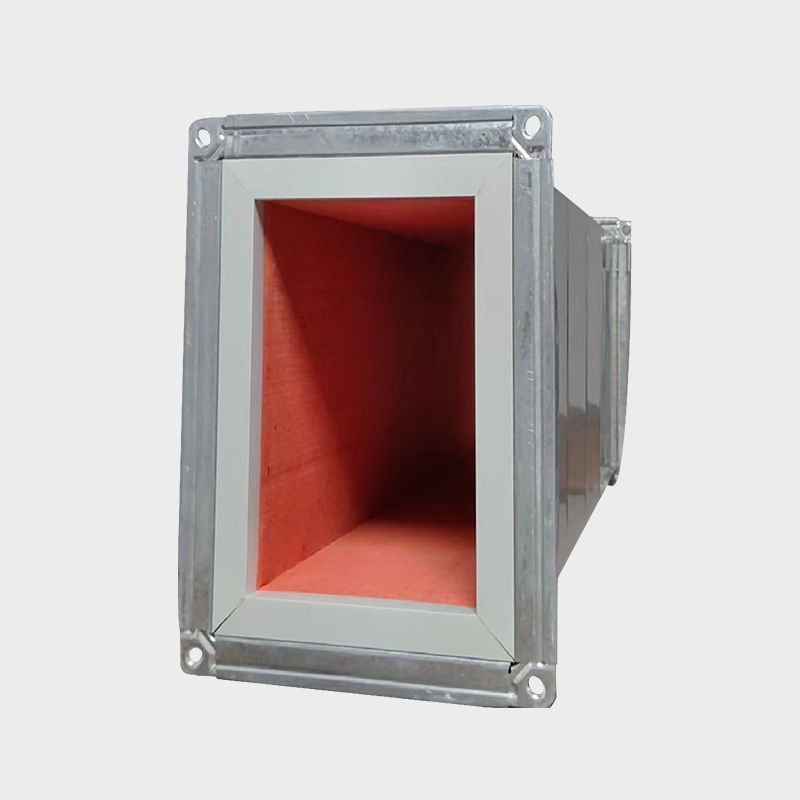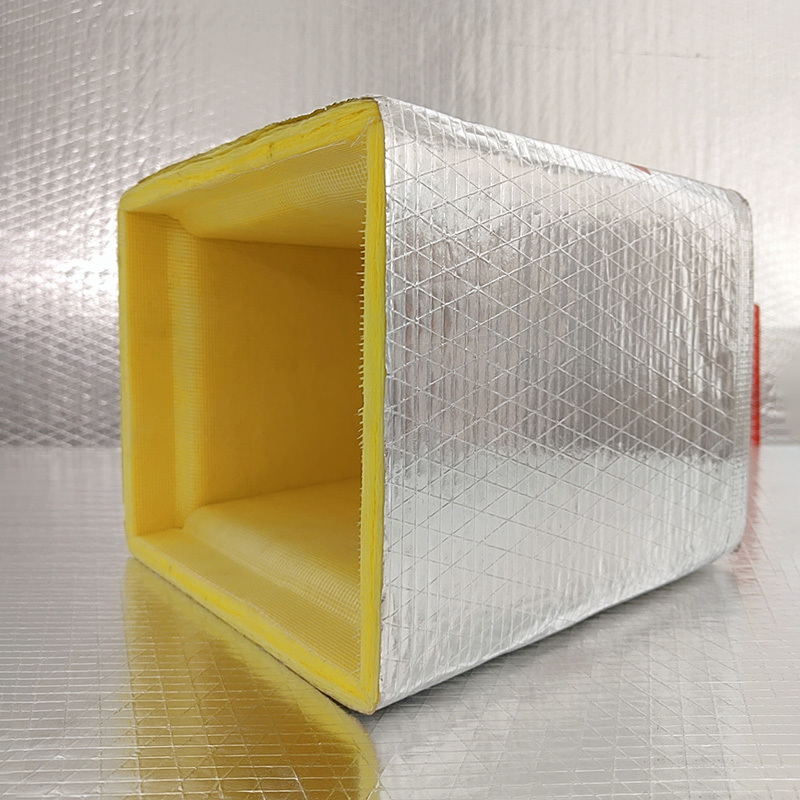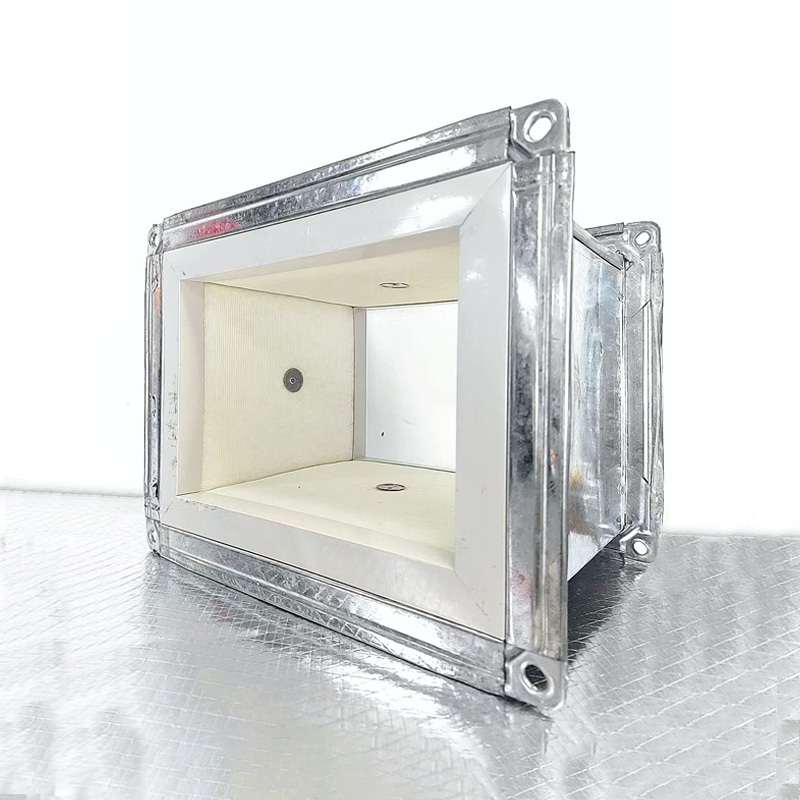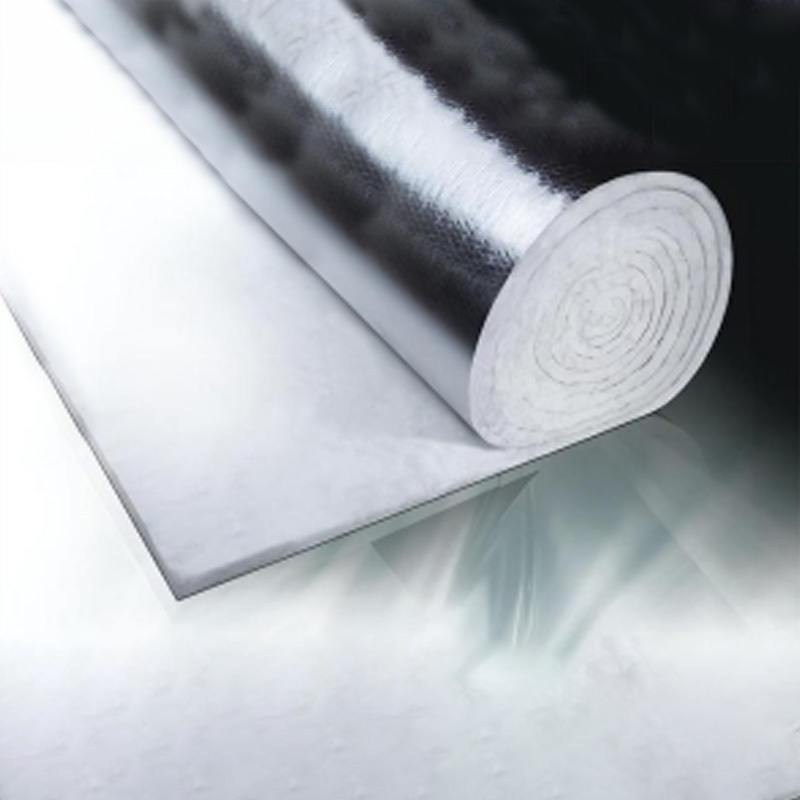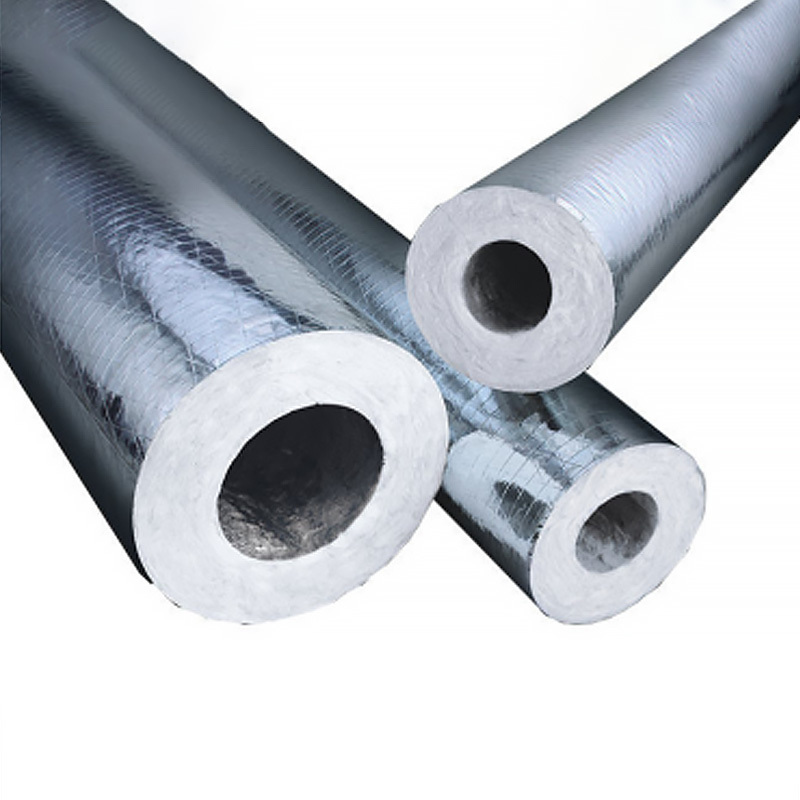Formaldehyde-free environmentally friendly glass wool felt
Summary: Formaldehyde-free environmentally friendly glass wool felt is a flexible mat product made by bonding fine glass fibers together with acrylic thermosetting adhesives, which are then heated and pressed.

Formaldehyde-free environmentally friendly glass wool felt is a flexible felt product made by bonding slender glass fibers together with an acrylic thermosetting adhesive, which is heated and pressed.

Product Advantages
Free of harmful substances such as formaldehyde, ammonia, and benzene
Good thermal insulation effect
Durable noise reduction
Non-corrosive
Strong elasticity
Good flexibility
Class A non-combustible
Product Applications
Wood structure buildings - residential and commercial buildings
Metal structure buildings - commercial buildings, steel structure factories
Ceiling suspension systems - backfill treatment for newly built ceilings or ceiling systems in renovated buildings
Inside buildings - can provide thermal insulation and soundproofing treatment for combinations of interior walls, floors, ceilings, and basements.
Air conditioning systems - insulation of air supply hoses and duct flanges, thermal insulation and sound absorption for various tanks and equipment.
Product Types
Strip felt - used for standard and other wall cavities, can be installed faster compared to roll products.
Roll felt - can be cut to any size for wall cavities, installed in any part of the building, especially in long and unobstructed areas, such as steel structure roofs, grooves for electrical conduits, and water pipes.
Product Specifications
| Product Types | Density (kg/m³) | Thickness (mm) | Length (mm) | Width (mm) |
| Roll felt | 10~48 | 50, 75, 100 | 5500, 11000, 20000 | 1200 |
| Strip felt | 10~48 | 50, 75, 100 | 1200 | 600 |
Physical Performance Indicators
| Performance | Testing Method | Technical Requirements |
| Density | GB/T5480.3 | 10~48kg/m³ |
| Average fiber diameter | GB/T5480.4 | 5 to 8 micrometers |
| Water repellency | GB/T10299 | ≥98% |
| Thermal weight shrinkage temperature | GB/T11835-1998 Appendix D | ≥250C |
| Slag ball content | GB/T5480.5 | 0% |
| Fire performance | GB8624 | Non-combustible Class A |
| Corrosion resistance | ASTM C665 | Meets requirements |
| Mold resistance | HG/T3950-2017 | No mold growth |
| Moisture absorption rate | GB/T5480.7 | ≤5% |
Thermal insulation performance / thermal conductivity (25℃)
| Density kg/m³ | 10 | 12 | 14 | 16 | 20 | 24 | 32 |
| Thermal conductivity w / mk | 0.046 | 0.043 | 0.041 | 0.040 | 0.038 | 0.036 | 0.035 |
R-thermal resistance value (25℃)㎡K/W
| Thickness Density | 10 | 12 | 14 | 16 | 20 | 24 | 32 |
| 50 | 1.08 | 1.16 | 1.22 | 1.25 | 1.32 | 1.39 | 1.43 |
| 75 | 1.63 | 1.74 | 1.83 | 1.88 | 1.97 | 2.08 | 2.14 |
| 100 | 2.71 | 2.33 | 2.44 | 2.5 | 2.63 | 2.78 | 2.86 |
☆Thermal resistance = Thickness (m) / Thermal conductivity
Sound absorption coefficient
| Density (kg/m³) | Thickness (mm) | Noise coefficient |
| 10, 12 | 50 | 0.6~0.8 |
| 75, 100, 150 | >0.8 | |
| 16, 20 | 25 | 0.4~0.6 |
| 40, 50 | 0.6~0.8 | |
| 75, 100 | >0.8 | |
| 24, 28, 32 | 25, 40 | 0.6~0.8 |
| 50, 75, 100 | >0.8 |
☆The above sound absorption coefficients measured by the reverberation method are the average values at frequencies of 250, 500, 1000, and 2000 Hz.
Classification:
Keyword: Formaldehyde-free environmentally friendly glass wool felt
Recommend Products
Message
If you have any form of cooperation intention, welcome to leave your information here, we will contact you soon.



